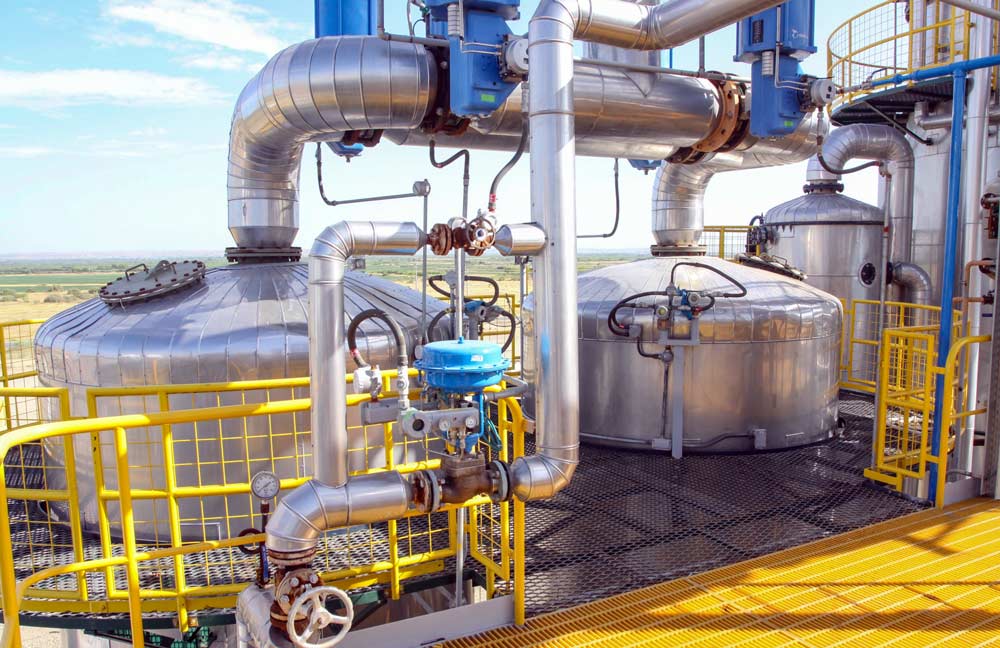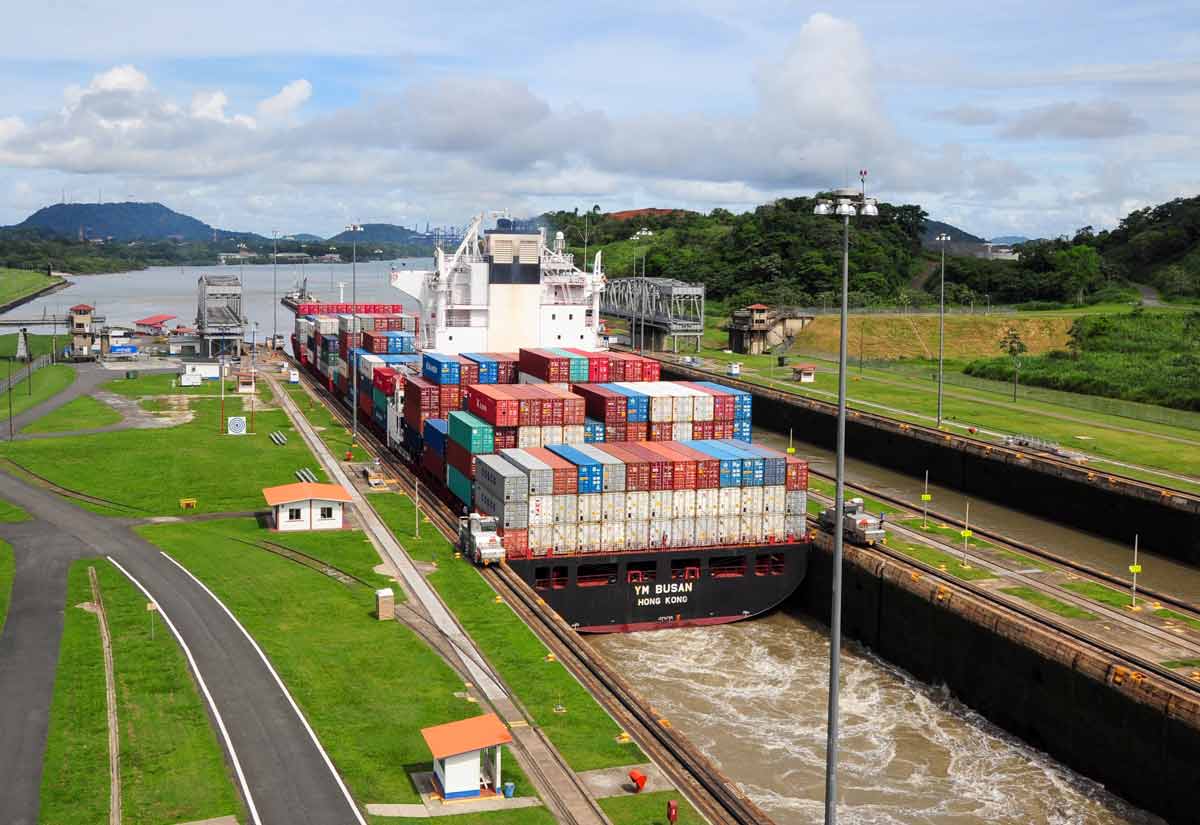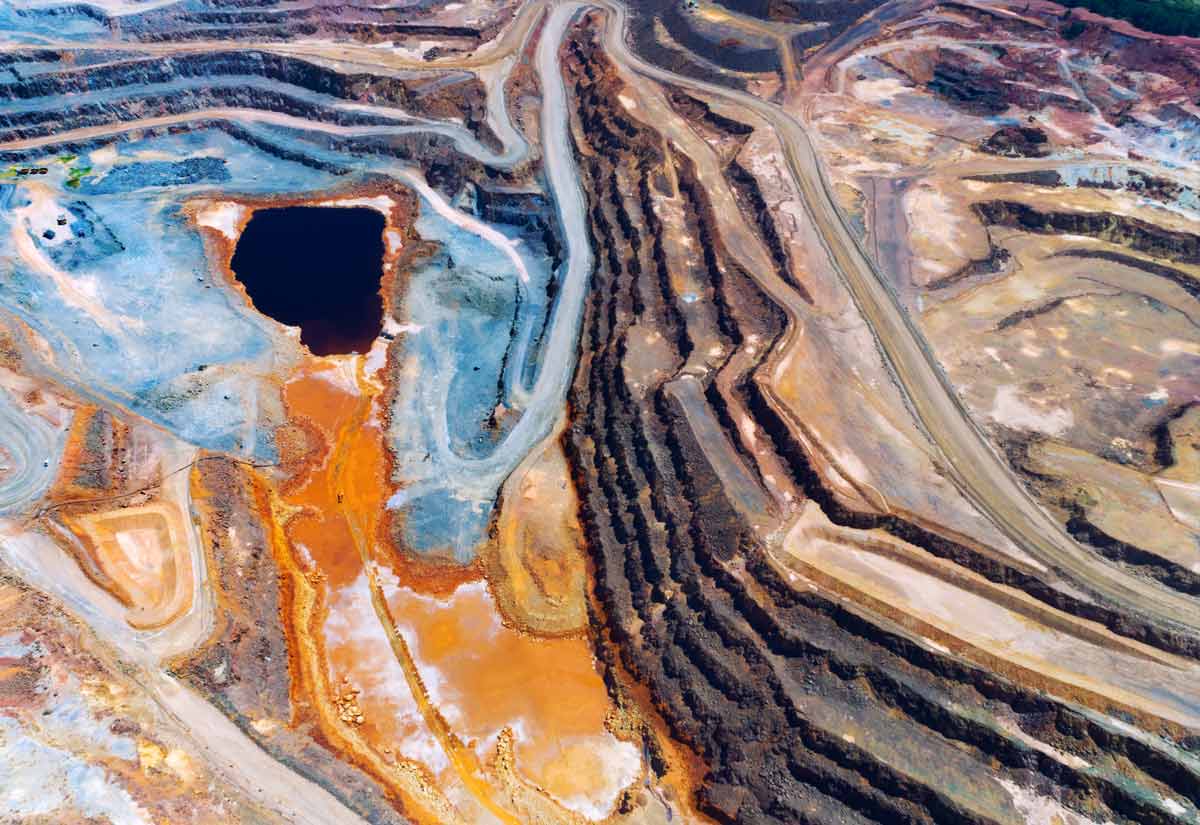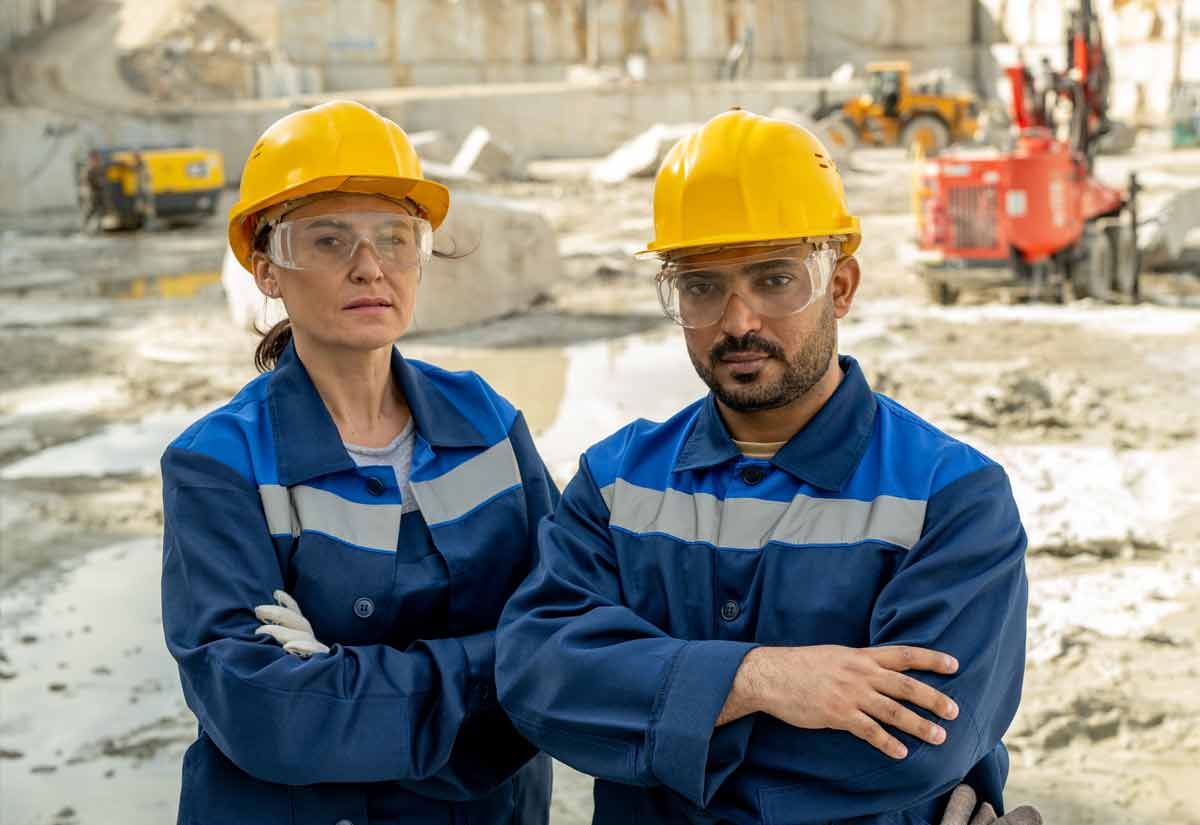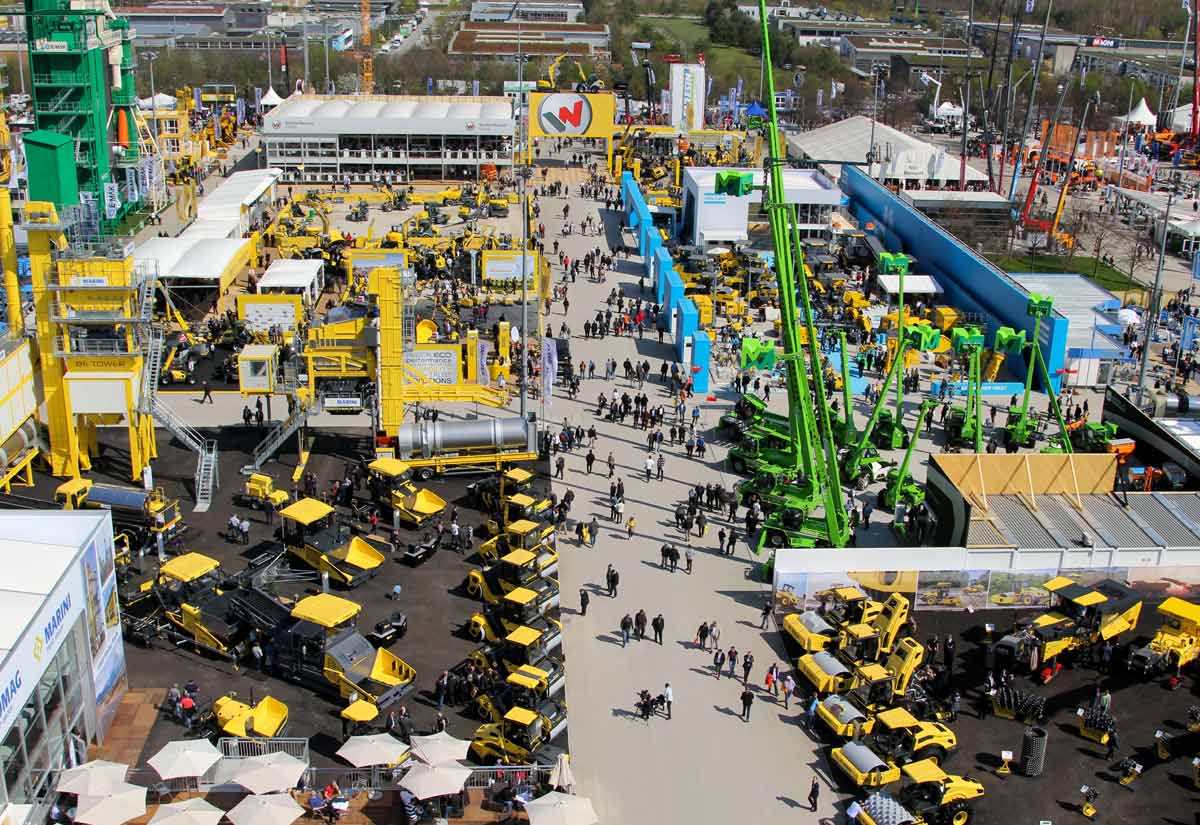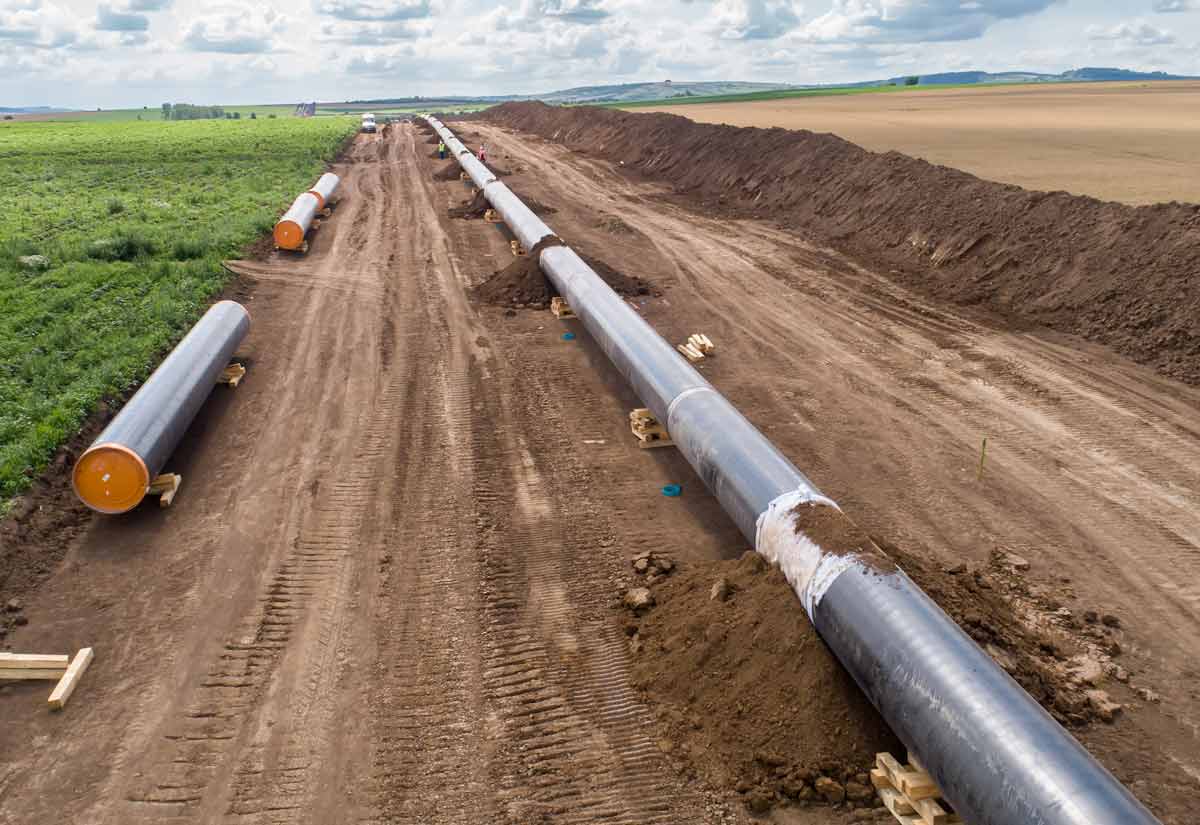In our ongoing quest for a cleaner, more sustainable future in this century, it’s vital to recognize that the road to renewable energy isn’t a one-way street paved solely with the latest green technology. Practicality and proven reliability must guide our energy discretion, particularly when safety, not to mention performance is at stake.
Students Are Rocking and Rolling With Diesel Power in Boulder Colorado

The decision to acquire new diesel buses amidst the green-washed populist roar for electric alternatives might seem counterintuitive at first glance.
But a closer look reveals a nuanced understanding of the unique challenges that come with the territory, literally. BVSD’s laudable choice underscores an essential truth: Energy solutions must be as diverse as the environments and situations they aim to serve. When it’s time to crunch the energy density numbers so familiar to engineers and so totally absent from the thought processes of the net-zero intelligence greenster elites, the case for diesel is easily made.
Diesel is most commonly used as a fuel for transportation, but its dominance in heavy industry operations can’t be understated. Both diesel and gasoline have a nearly equivalent energy density, but because diesel has a higher mass density than gasoline, the same volume of diesel has more energy than gasoline.
Comparisons to gasoline are impressive enough, but when compared to troublesome EV reliability, performance, limited range, and locally available refueling/recharging infrastructure, (or the lack thereof) diesel is the clear champion. Otherwise, the Boulder Valley School District (BVSD) in Colorado would be investing in technology that creates scenarios such as this image, when harsh winter conditions take their toll on EV technology that’s not yet up to diesel power standards, and students are stranded.

Diesel buses, with their robust performance in challenging terrains such as the mountain roads of Boulder, Colorado, provide an unmatched level of reliability where electric and even propane or LNG options falter. The diesel-powered “mountain buses” of BVSD boast a 350-mile range—a stark contrast to the feeble 120 miles on electric counterparts. That’s quite a significant factor in the more remote and rural areas where EV recharging infrastructure is as thin as the mountain air.
Diesel Makes Net Gains in Net Zero Carbon Emission Technology
While the greenster profiteers running rampant in mainstream media might have you thinking that diesel technology is as antiquated as a coal-powered steam engine, it’s important to point out that 21st-century diesel technology is not stagnant.
With advancements in emissions controls, the newest diesel buses are achieving near-zero particle emissions, offering a more immediate and practical route to reducing our carbon footprint while keeping our children safe. These are not the diesel buses of old but advanced designs that represent a modern iteration, one that balances environmental consciousness with the demands of reality.
With these factors utmost in our minds, it’s easy to see why 90% of school buses are diesel models, with 62% on the road now powered by the latest and greatest generation of advanced diesel technology.
The debate between electric and internal combustion engines isn’t about choosing sides but recognizing the right tool for the right job. In the case of BVSD, diesel buses equipped with compression braking systems are not only a choice but a necessity mandated by the local mountain terrain and a commitment to safety.
But if carbon footprinting is your thing, EVs prove the premise that when it comes to energy solutions? There ain’t no such thing as a free lunch, aka the TANSTAAFL rule. Even more significantly, diesel generators are soaring in popularity as reliable backups for green grids in uber-green states such as California on cloudy windless days.
“While electric buses have zero tailpipe emissions, there are still emissions associated with generating electricity. In the US, according to the Energy Information Administration, 59.3% is produced from burning fossil fuels (natural gas, coal) with nuclear at 18.2% followed by 21.5% of electricity generated by renewables (hydropower, solar, wind, geothermal, biomass).” BACK TO SCHOOL WITH A BATTLE OF THE BUSES: ELECTRIC AND DIESEL
Diesel Goes Fuel Agnostic
The choice between inadequate EV solutions and time-tested diesel power does spark broader questions. Could research and development funds earmarked for marginally performing electric buses be better allocated to upgrading existing fleets with new fuel-agnostic diesel technology? It’s a trend that’s gathering steam, as it were.
Of course, here at Resource Erectors, we’re always interested in the human resources side of the story too. With plants and markets across the country, the U.S. biodiesel and renewable diesel industry currently supports 75,200 U.S. jobs and pays $3.6 billion in annual wages. The industry is at the center of more than $23.2 billion in economic activity each year.
On the economic side, every 100 million gallons of production supports 3,200 jobs and $1.09 billion in economic opportunity for farm workers, producers, and distributors, according to a recent report by Clean Fuels Alliance America.
Biodiesel, renewable diesel, and sustainable aviation fuel are all made from a diverse mix of renewable and recycled resources that are cleaner than traditional fossil fuels. In all ground, air, marine, and rail transportation, as well as home heating and power generation applications, clean fuel use is expected to leap up to 6 billion gallons by 2030. This expanded use will eliminate more than 50 million metric tons of CO2-equivalent greenhouse gas emissions annually.
As the Boulder District’s example illustrates, it’s not about green ambition overshadowing reality but aligning expectations to suit that reality. We need to aim for a diversified energy future that doesn’t hinge on a single, inadequate, government-mandated energy solution but one that incorporates a spectrum of technologies, and that includes diesel.
After all, diversity is the engine of evolution, and the same applies to our energy and transportation ecosystems. Right?
The Role of Resource Erectors in Heavy Industry
As a leader in connecting highly qualified professionals with industry-leading companies who are seeking their talents, Resource Erectors understands the importance of innovation and adaptation in heavy industry. Our commitment to genuine sustainability and efficiency drives us to recognize that the future of energy and transportation is about the practical inclusion of all viable, efficient technologies.
Resource Erectors supports heavy industry companies, recruiting the top-qualified professionals who keep them up and running in mining, concrete, industrial minerals, aggregates, civil construction, engineering, sales, safety. and more.
As heavy industry HR specialists, we are at the forefront of the energy revolution, providing the right talent for the companies offering the most career-enhancing opportunities, and ensuring they have the essential human resources they require to face the challenges of a dynamic energy landscape. When you’re ready to make your move in heavy industry you’re ready for Resource Erectors so don’t hesitate to contact CEO Dan today.

